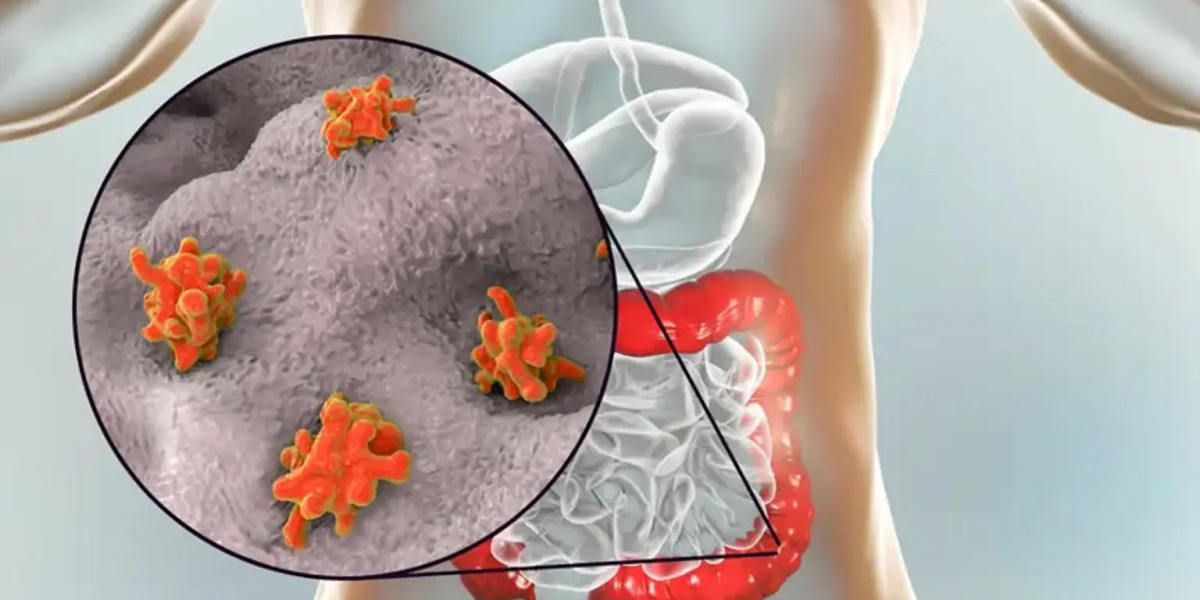Amebiasis is an intestinal illness caused by a protozoan parasite, Entamoeba histolytica. This disease primarily affects the gastrointestinal tract, leading to symptoms ranging from mild diarrhea to severe dysentery.
Amebiasis remains a significant public health concern, particularly in developing countries with poor sanitation and hygiene practices. Understanding the causes, modes of transmission, symptoms, treatment options, and preventive measures is crucial for managing this condition effectively.
Causes of Amebiasis
The root cause of amebiasis is infection by E. histolytica, a protozoan that primarily resides in the human colon. The parasite exists in two forms
Trophozoite Form
This is the active, motile form of the parasite that feeds on the lining of the colon. It is responsible for causing tissue destruction and the clinical symptoms of amebiasis.
Cyst Form
This is the dormant, non-motile, and infective form of the parasite. The cysts can survive outside the human body for prolonged periods, especially in moist and contaminated environments.
Infection begins when a person ingests E. histolytica cysts, which then transform into trophozoites in the intestines, initiating the disease process. Factors contributing to the spread of this infection include inadequate sanitation, consumption of contaminated water or food, and poor personal hygiene.
Transmission of Amebiasis
The transmission of E. histolytica occurs through the fecal-oral route. Below are the primary ways amebiasis spreads
1. Contaminated Water and Food
Water contaminated with feces containing E. histolytica cysts is the most common source of infection. This often occurs in areas where sewage disposal systems are inadequate or absent. Similarly, food handlers who do not practice proper hygiene can contaminate food with cysts.
2. Person-to-Person Contact
Close contact with infected individuals, particularly in settings like daycare centers or among individuals practicing poor hygiene, can facilitate transmission. Amebiasis is also common among people living in crowded conditions.
3. Sexual Transmission
Though less common, amebiasis can be sexually transmitted through oral-anal contact or other activities that involve exposure to fecal matter.
Symptoms of Amebiasis
Amebiasis can present in varying degrees of severity
1. Asymptomatic Infection
Many individuals infected with E. histolytica remain asymptomatic. These carriers shed cysts in their stool, contributing to the spread of the parasite.
2. Intestinal Amebiasis
In symptomatic cases, intestinal amebiasis manifests as
- Diarrhea
- Abdominal pain
- Cramping
- Bloody or mucus-filled stools
Severe forms of intestinal disease can result in dysentery, dehydration, and even perforation of the colon.
3. Extraintestinal Amebiasis
In rare cases, the parasite can invade other parts of the body, leading to
- Liver abscess (the most common extraintestinal complication)
- Lung, brain, or skin involvement
Diagnosis of Amebiasis
Accurate diagnosis is vital for effective treatment. Common diagnostic methods include
Stool Examination
Identifying E. histolytica cysts or trophozoites in stool samples.
Serological Tests
Detecting antibodies against E. histolytica in the blood, particularly useful in extraintestinal cases.
Imaging Techniques
Ultrasound or CT scans to identify liver abscesses.
Treatment of Amebiasis
The treatment of amebiasis often involves a combination of medications to eliminate the infection and manage symptoms. One of the key drugs used is nizonide (nitazoxanide).
1. Nizonide (Nitazoxanide)
Nizonide is a broad-spectrum antiparasitic medication that has shown effectiveness against E. histolytica. It works by disrupting the energy metabolism of the parasite, ultimately leading to its death. Nizonide is especially useful due to its efficacy against both cyst and trophozoite forms, making it an ideal choice for treating amebiasis.
Dosage and Administration
The typical dosage varies based on the patient’s age, weight, and the severity of the infection. It is crucial to follow a healthcare provider’s recommendations to ensure effective treatment.
Side Effects
Nizonide is generally well-tolerated, but some individuals may experience mild gastrointestinal disturbances, headache, or dizziness.
2. Other Medications
Metronidazole and Tinidazole
These drugs are commonly used to treat invasive amebiasis.
Paromomycin
Often prescribed to eliminate cysts in asymptomatic carriers.
Preventive Measures
Prevention plays a pivotal role in controlling the spread of amebiasis. The following strategies are highly effective
1. Improved Sanitation
Ensuring proper sewage disposal systems to prevent fecal contamination of water sources.
Providing access to clean and safe drinking water.
2. Personal Hygiene
Washing hands thoroughly with soap and water, particularly after using the toilet and before handling food.
Avoiding the consumption of raw or undercooked food that might be contaminated.
3. Travel Precautions
Travelers to endemic regions should
- Drink only bottled or boiled water.
- Avoid ice cubes and raw foods, such as salads and fruits that cannot be peeled.
4. Community Education
Raising awareness about the causes, symptoms, and transmission of amebiasis can significantly reduce infection rates, especially in high-risk communities.
The Role of Nizonide in Preventing Complications
The timely administration of Nizonide can prevent severe complications of amebiasis, such as liver abscesses and intestinal perforation. Its ability to target the parasite at various stages of its life cycle underscores its importance in comprehensive treatment regimens.
Conclusion
Amebiasis remains a global health challenge, particularly in regions with poor sanitation. Understanding its causes, transmission, and symptoms is vital for effective management and prevention. Nizonide, with its broad-spectrum antiparasitic activity, plays a crucial role in treating amebiasis and minimizing its complications. By combining effective treatment strategies with preventive measures, the burden of amebiasis can be significantly reduced, improving the health and well-being of affected populations.







